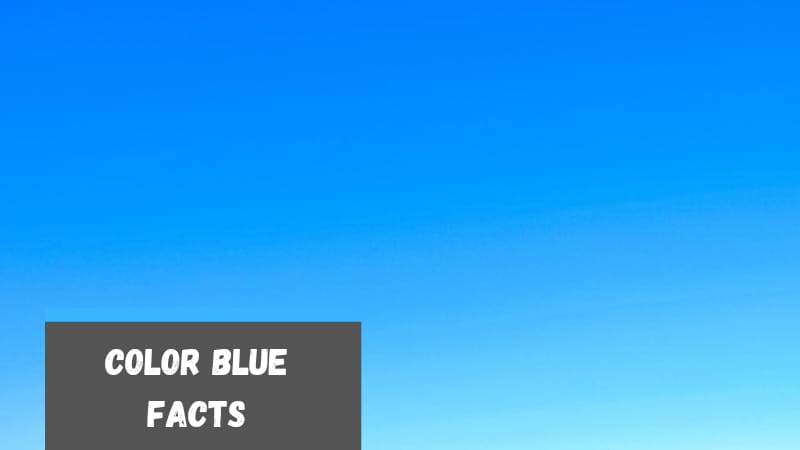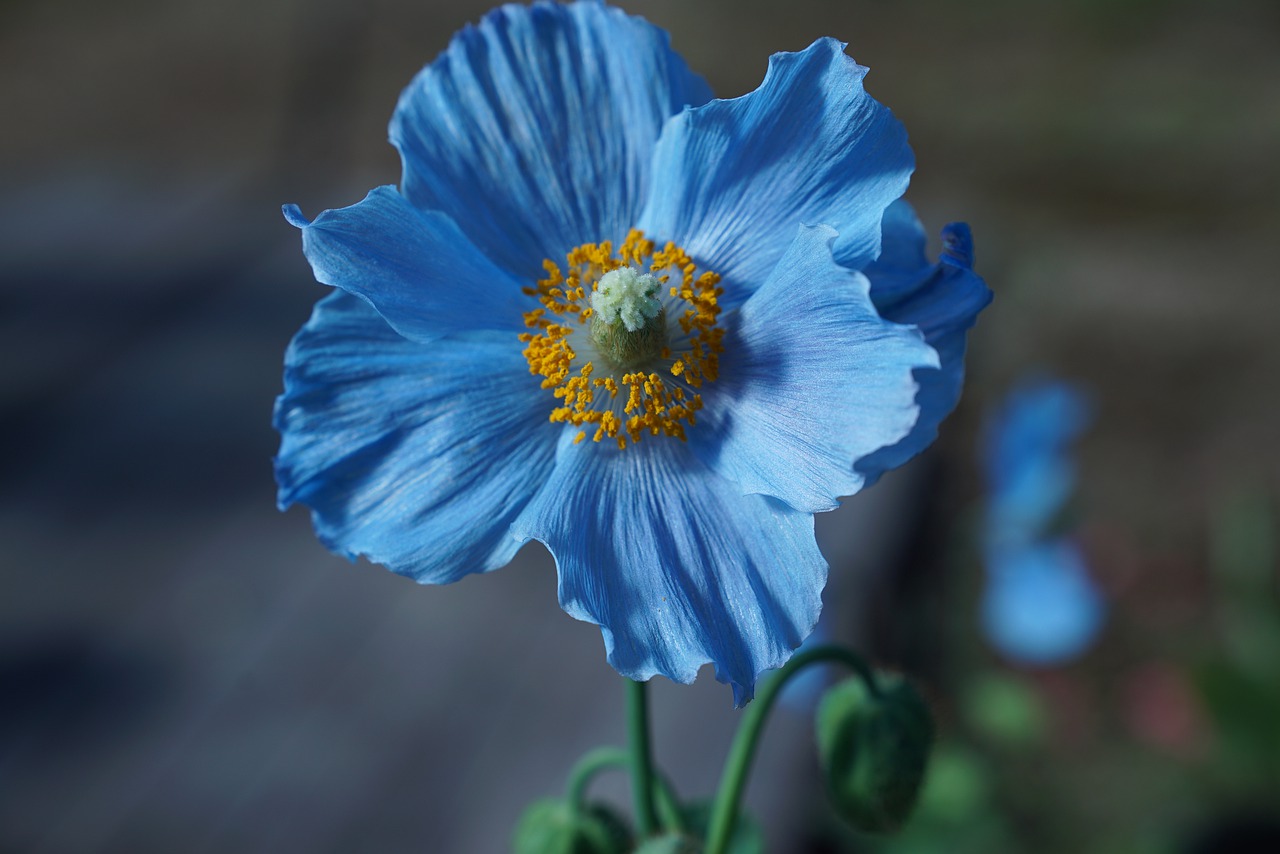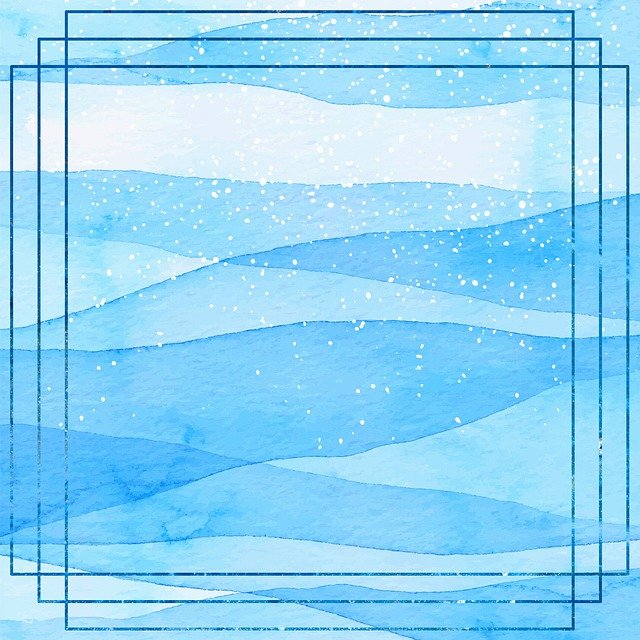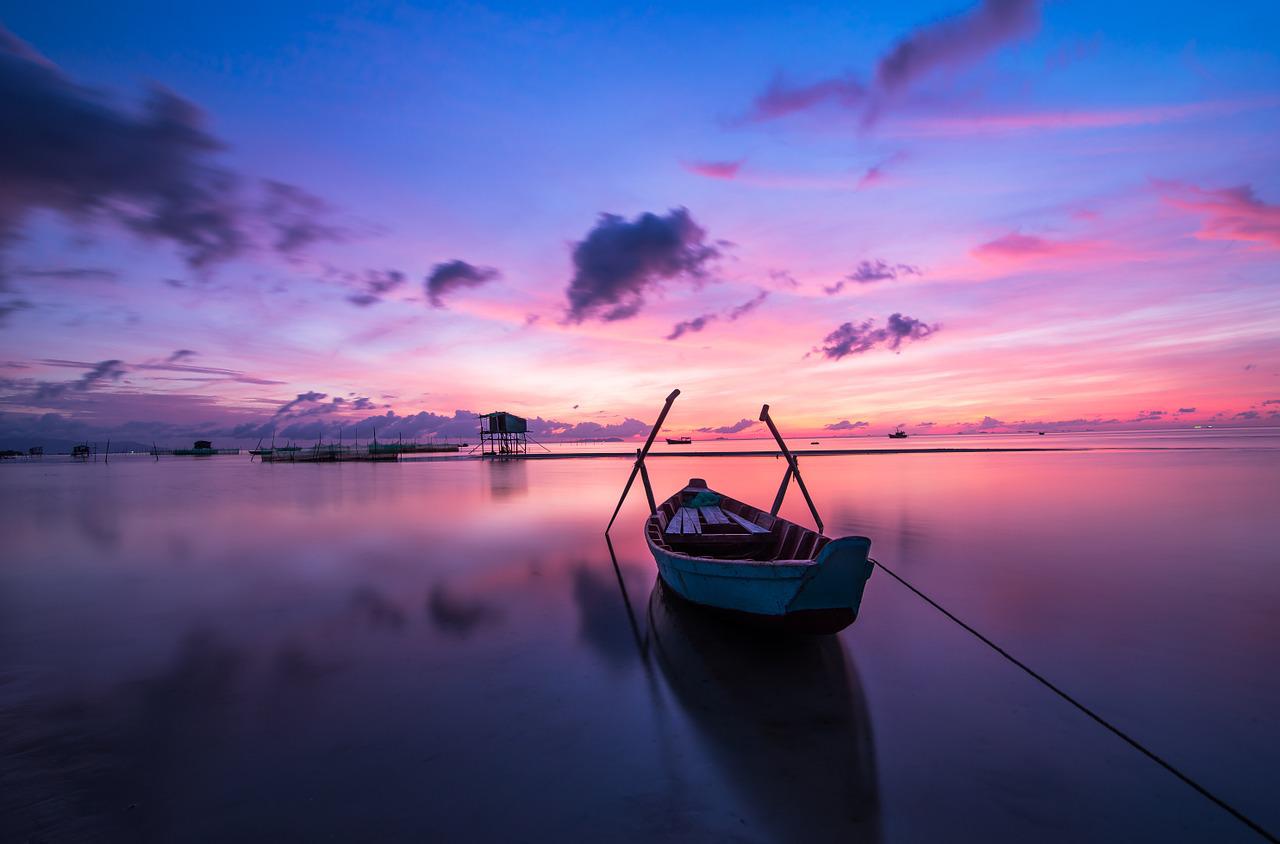
The color blue is one of the most popular colors in the world. Every day, we see different shades of blue in the sky, on flowers, and in many other places. But what is blue, really? And why do we like it so much? In this blog post, we will explore some fun facts about the color blue for kids!
Do you often get mesmerized by the color blue? Does it happen to be your favorite color? Blue has many shade variations and many of these shades have different significances. The color blue has the shortest wavelength of about 470 nanometers and hence, it is the easiest color to spot.
Blue is seen everywhere around us. The sky, the ocean, and many beautiful birds and flowers are all in myriad hues of blue. On the other hand, it is rarely seen in fruits or vegetables.
Blue denotes different emotions and different phenomena. Blue brings a sense of calmness to mind and often indicates stability.
There are many meanings, depictions, and usage of the color blue in different literary works. But for kids, the color blue is simply the color of the sky and the water. There are some other interesting Facts about the Color Blue For Kids would love to know about.
38. Facts About the Color Blue for Kids
1. Blue rarely occurs in the foods we eat. Very few foods, such as blueberries, are blue.
2. Studies have shown that weightlifters can handle heavier weights in gyms painted blue.
3. Blue was the color worn by public servants in Ancient Rome. This fact marked the beginning of the idea for today’s police uniforms. Another theory suggests that police uniforms are blue to indicate that they will bring stability and peace everywhere.
4. In factories, the color blue is used to mark equipment that needs repair.
5. The blue color is also associated with the navy and airmail.
6. It is one of the most preferred colors by men.
7. It is also one of the best-selling colors in women’s sweaters because men like it.
8. The color blue symbolizes heavenly grace as per the Bible. Virgin Mary is also depicted wearing blue-colored clothing.
9. Dark blue has been used to design logos for many traditional companies such as Nestle, Royal Bank, Bell Telephone, etc.
10. The term ‘blue-chip’ relates to stocks of high quality or value.

11. In ancient times, blue was a difficult color to produce. Hence, it was used in paintings of significant importance only. In the past era, dark blue, indigo and cobalt shades could only be mined from the rough and dangerous mountains of Afghanistan. This increased their value.
12. During the Renaissance era, painters reserved dark blue shade for the Virgin Mary to signify her importance.
13. During the Shakespearean era, blue was used to denote your high rank in society—those with high levels used to wear blue-colored fabrics. Thus the term ‘blue blood’ was concocted to depict royalty.
14. In some countries, like India, blue brings bad luck and is often linked to mourning.
15. In China, blue was traditionally associated with the feeling of pain.
16. Around 8% of the population of the world has blue-colored eyes.
17. In the UK, a blue-colored ribbon is often used to bring testicular cancer awareness.
18. In the United States, post office mailboxes are blue.
19. Blue is the preferred color choice for toothbrushes.
20. Of all the blue foods, blueberries are the most popular.

21. Mosquitoes are attracted to blue color more than any other color.
22. Owls are the birds who can blue color.
23. Bluebirds cannot see the blue color.
24. As per research, it is proven that people are more productive in blue rooms.
25. The phrase ‘Feeling Blue’ means unhappy.
26. The phrase ‘Once in a blue moon’ means something that happens very seldom.
27. Blue is the rarest color in nature.
28. In Japan, the blue color depicts fertility.
29. In Hinduism, blue is the color of divinity and is used to represent the Hindu God, Krishna.
30. Blue is often associated with poisonous foods. Looking at blue strawberries or blue meat makes us think it has rotten.

31. Lighter shades of blue depict tranquility, calm, peace, and rest.
32. For babies to have blue eyes, both parents should have blue eyes, or both should have the recessive blue gene for their child to have blue eyes.
33.In ancient Greek culture, a blue charm necklace or bracelet was often worn to ward off the evil eye. Many Greeks still believe in this old superstition.
34. The color blue is believed to regulate your heartbeat and make you calmer.
35. The term ‘blue’ came from the Old High German word ‘bloat,’ Middle English words ‘blewe,’ and Old French word ‘bleu.’
36. Only 8% of the world’s population has blue eyes.
37. Blue is often used to mark products and services associated with hygiene (water purifiers), air and sky (airlines or airports), and water and sea (mineral water bottles).
38. Lapus Lazuli is a rare blue mineral. During the Middle Ages, it was considered costlier than gold. Today, many people are ready to pay a high price for this rare gem because of its intense color.
Common Different Shades of Blue
The most common shades of blue are:
- Cyan
- Navy
- Turquoise
- Aqua
- Midnight Blue
- Royal Blue
- Aquamarine
- Sky blue
- Cobalt
- Tiffany
- Baby Blue
- Powder Blue
- Cerulean Blue
- Prussian Blue
- Electric Blue
- Ultramarine Blue
- Sapphire Blue
- Teal
- Indigo
- Steel Blue
- Azure
- Slate Blue
- Airport Blue
- Oxford Blue
- Persian Blue
These are some standard shades of blue used to precisely convey the shade of blue one wants. There are many more variations on the shade card. The Oregon Blue or the YINMN is the Bluest Shade of Blue. Midnight blue is considered the darkest shade of blue and is often mistaken as black.
Conclusion
These are some Facts about the Color Blue For Kids. It is a beautiful shade with many tones and hues. Blue is found in abundance everywhere. The human mind perceives blue differently in different things; from the paint on your room walls to the color of your food, blue can go from pleasing to downright offensive. Blue is a shade that depicts calmness, serenity, peace, stability, and happiness.
